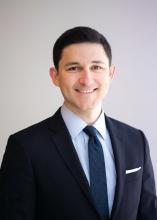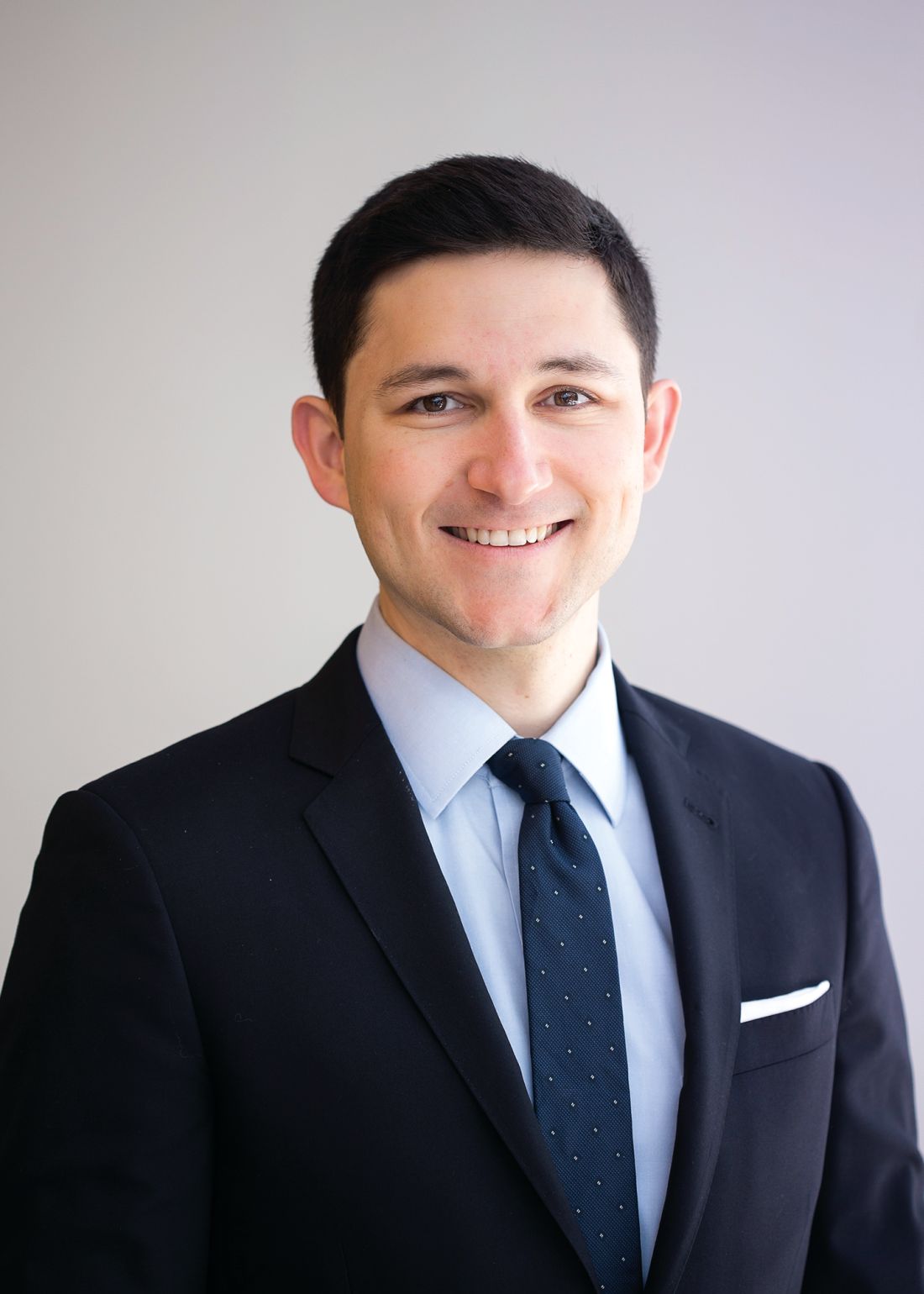User login
Editor’s Note: The Society of Hospital Medicine’s (SHM’s) Physician in Training Committee launched a scholarship program in 2015 for medical students to help transform health care and revolutionize patient care. The program has been expanded for the 2017-18 year, offering two options for students to receive funding and engage in scholarly work during their 1st, 2nd, and 3rd years of medical school. As a part of the program, recipients are required to write about their experience on a biweekly basis.
One of my favorite aspects of research is how reading a paper or working on a project will inevitably augment my clinical knowledge as well.
In terms of my current project, I am pleased to say that I am on track to complete it within the dedicated ten week time period. I am now in writing mode, typing away furiously to complete an abstract to showcase my work, and eventually a manuscript to publish in an academic journal. I believe careful planning and prioritization has helped me stay on track with such a short deadline.
The one problem I have faced in the last couple of weeks has been figuring out how to display my data graphically. Unfortunately, the nature of the data lends itself to tables rather than figurers. Although a figure by itself won’t change the results, I personally enjoy reading papers with interesting figures more than those without them. However, I also don’t want to create meaningless figures just for the sake of having them, so it’s been a challenge figuring out how to display data in a way that will assist readers in interpreting the data.
Overall, this experience has encouraged me to participate in future research projects. I now know the importance of mentors in guiding a successful research project, and the impact preparation and planning can have on the outcome of the project. I am enthusiastic about incorporating clinical research into my medical career.
Cole Hirschfeld is originally from Phoenix. He received undergraduate degrees in finance and entrepreneurship from the University of Arizona and went on to work in the finance industry for 2 years before deciding to change careers and attend medical school. He is now a 4th year medical student at Cornell University, New York, and plans to apply for residency in internal medicine.
Editor’s Note: The Society of Hospital Medicine’s (SHM’s) Physician in Training Committee launched a scholarship program in 2015 for medical students to help transform health care and revolutionize patient care. The program has been expanded for the 2017-18 year, offering two options for students to receive funding and engage in scholarly work during their 1st, 2nd, and 3rd years of medical school. As a part of the program, recipients are required to write about their experience on a biweekly basis.
One of my favorite aspects of research is how reading a paper or working on a project will inevitably augment my clinical knowledge as well.
In terms of my current project, I am pleased to say that I am on track to complete it within the dedicated ten week time period. I am now in writing mode, typing away furiously to complete an abstract to showcase my work, and eventually a manuscript to publish in an academic journal. I believe careful planning and prioritization has helped me stay on track with such a short deadline.
The one problem I have faced in the last couple of weeks has been figuring out how to display my data graphically. Unfortunately, the nature of the data lends itself to tables rather than figurers. Although a figure by itself won’t change the results, I personally enjoy reading papers with interesting figures more than those without them. However, I also don’t want to create meaningless figures just for the sake of having them, so it’s been a challenge figuring out how to display data in a way that will assist readers in interpreting the data.
Overall, this experience has encouraged me to participate in future research projects. I now know the importance of mentors in guiding a successful research project, and the impact preparation and planning can have on the outcome of the project. I am enthusiastic about incorporating clinical research into my medical career.
Cole Hirschfeld is originally from Phoenix. He received undergraduate degrees in finance and entrepreneurship from the University of Arizona and went on to work in the finance industry for 2 years before deciding to change careers and attend medical school. He is now a 4th year medical student at Cornell University, New York, and plans to apply for residency in internal medicine.
Editor’s Note: The Society of Hospital Medicine’s (SHM’s) Physician in Training Committee launched a scholarship program in 2015 for medical students to help transform health care and revolutionize patient care. The program has been expanded for the 2017-18 year, offering two options for students to receive funding and engage in scholarly work during their 1st, 2nd, and 3rd years of medical school. As a part of the program, recipients are required to write about their experience on a biweekly basis.
One of my favorite aspects of research is how reading a paper or working on a project will inevitably augment my clinical knowledge as well.
In terms of my current project, I am pleased to say that I am on track to complete it within the dedicated ten week time period. I am now in writing mode, typing away furiously to complete an abstract to showcase my work, and eventually a manuscript to publish in an academic journal. I believe careful planning and prioritization has helped me stay on track with such a short deadline.
The one problem I have faced in the last couple of weeks has been figuring out how to display my data graphically. Unfortunately, the nature of the data lends itself to tables rather than figurers. Although a figure by itself won’t change the results, I personally enjoy reading papers with interesting figures more than those without them. However, I also don’t want to create meaningless figures just for the sake of having them, so it’s been a challenge figuring out how to display data in a way that will assist readers in interpreting the data.
Overall, this experience has encouraged me to participate in future research projects. I now know the importance of mentors in guiding a successful research project, and the impact preparation and planning can have on the outcome of the project. I am enthusiastic about incorporating clinical research into my medical career.
Cole Hirschfeld is originally from Phoenix. He received undergraduate degrees in finance and entrepreneurship from the University of Arizona and went on to work in the finance industry for 2 years before deciding to change careers and attend medical school. He is now a 4th year medical student at Cornell University, New York, and plans to apply for residency in internal medicine.

